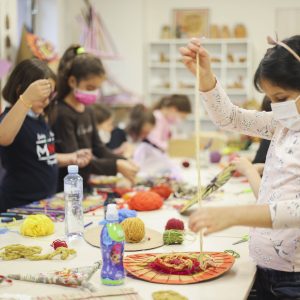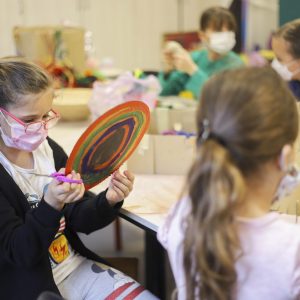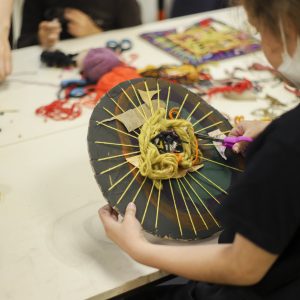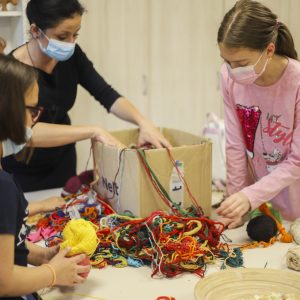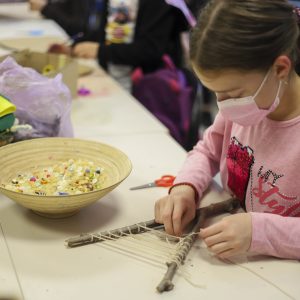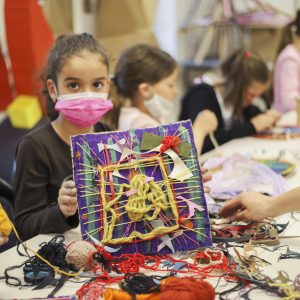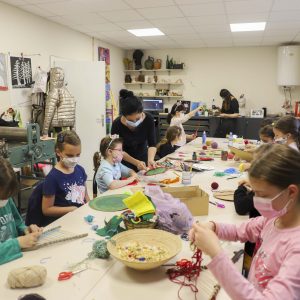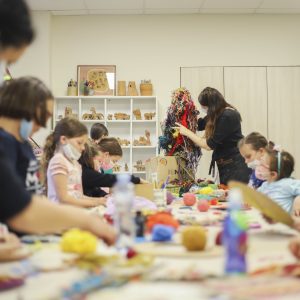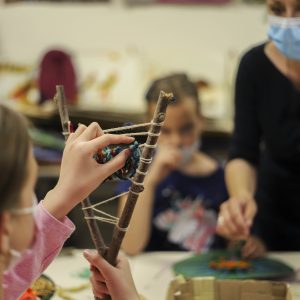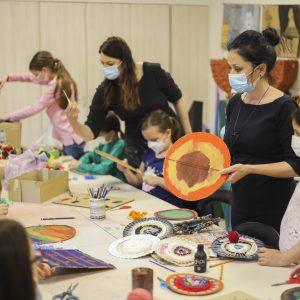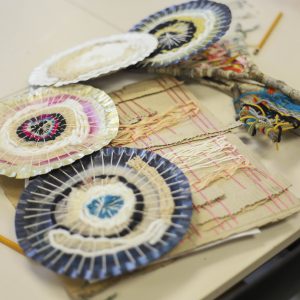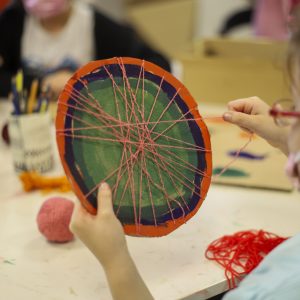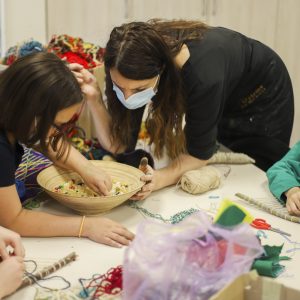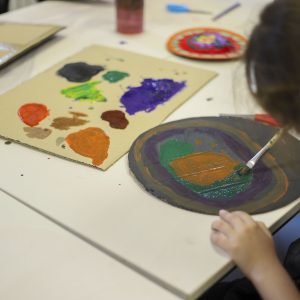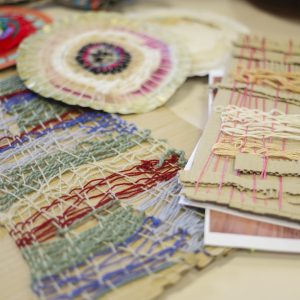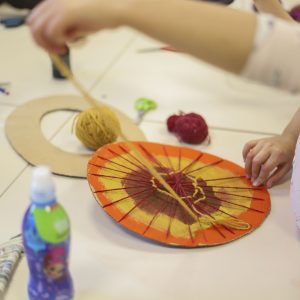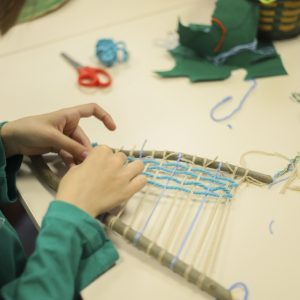Art and educational workshops called ‘Old Crafts for the 21st Century’ for children aged 6 to 12, were held in the Mlin Cultural Station within ‘MUSEUMS FOR 10’ programme.

Mentoring tour of the exhibition of children works on the topic of ‘Old Crafts’ that was implemented in cooperation of Mlin Cultural Station and Centre for Art Education of Children and Youth of Vojvodina preceded the ‘Old Crafts for the 21st Century’ programme.
The children adopted a simple weaving technique, discovered all the beauties of the creative process and understood the role and importance of crafts during the weaving workshop, led by art pedagogue Biljana Balog.
‘Children lack manual work and engagement of their fingers because when the fingers are occupied, attention is focused on the process of creation, the brain works and develops at that moment, and with its development, other areas are more easily adopted. Through direct work, certain skills and abilities that help to perceive and express oneself artistically, using various materials, artistic elements and principles of composing, are developed,’ says Biljana Balog and adds:
‘One thread of yarn becomes a line. You get surface and colour by densely arranged rows; texture – by interweaving and combining different wool thickness as well as gaps; space – by filling or gaps, etc. Depending on the choice of colours and their combination, you get a contrasting and harmonious work, or work with some dominant element, while all the time the children actually use repetition, because weaving is a process of repetition.’
Photo: Uroš Dožić
